Known as one of the most musically fertile regions of the world, it boasts of an array of indigenous instruments, which music lovers in Mumbai may not get to listen to often
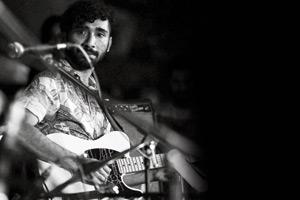
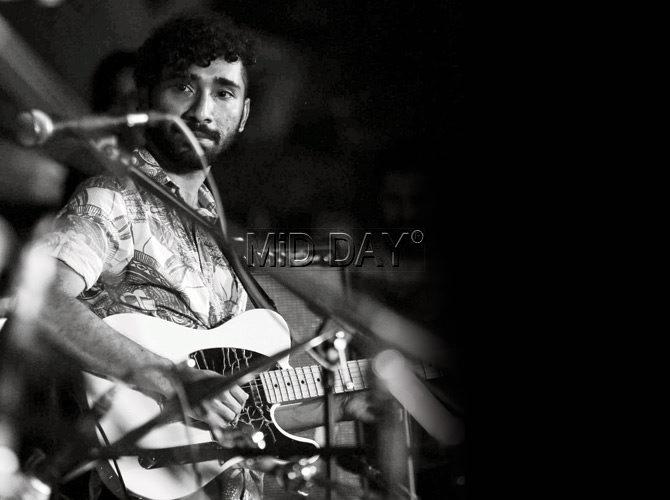
Neil Gomes Pics/Ganesh Inside Productions, Samir Khan
ADVERTISEMENT
Nature may have been sporadic in bestowing its bounties on West Africa, but the expansive region more than makes up for it culturally. Known as one of the most musically fertile regions of the world, it boasts of an array of indigenous instruments, which music lovers in Mumbai may not get to listen to often. But tonight, they can tap their feet to the traditional rhythms of West Africa at a performance by Boombay Djembe Folas, a group of drummers who specialise in percussion instruments from the region and are the city's pioneers in the genre.
Before forming the group in 2014, Anand Bhagat had been a drummer with city-based bands and met other members through drum circles. His window to West African music was the djembe, which piqued his interest in other instruments. He later traveled to Burkina Faso and Mali to study West African music. "We take sounds and rhythms from there and also play our own," says Bhagat about their music.
Comparing the music to India's own rich tradition of percussion instruments, he says, "While some of our instruments, like the dholak, have bass and higher pitch built into them, in West Africa, different musicians play instruments dedicated to a single pitch together to produce different sounds." Adds guitarist Neil Gomes, "Many Indian percussion instruments are based in the classical tradition. Their West African counterparts are often more instinctive. The sound they produce is rhythmically repetitive, which makes it a meditative experience for the listeners."
Here's a quick guide to some of the instruments from the region.
ON Tonight, 9 pm AT Raasta Bombay, Rohan Plaza, SV Road, Khar West.
CALL 33126123
Neil Gomes: Guitar/violin
Multi-instrumentalist Neil Gomes, who is on vocals and effects for the group, apart from playing the guitar and violin says his instruments take on a new life when harmonising with the percussion instruments. “It is challenging and exciting, and somehow it all comes together,” he says.
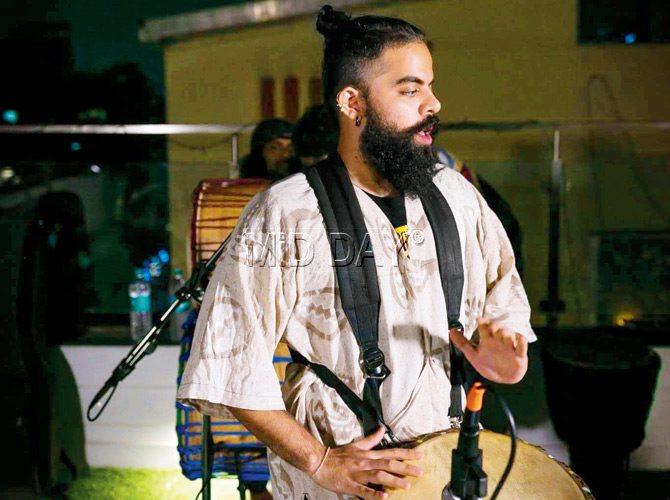
Prathamesh Kandalkar
Djembe
The djembe, arguably the most popular West African percussion instrument in India, is the invention of the blacksmiths of the undivided Mandigue Empire of Africa, which was later colonised by the French. Made of wood and goat skin, the sound of the djembe is not complete without the dununs and kenkeni. Prathamesh Kandalkar plays the instrument in the group.
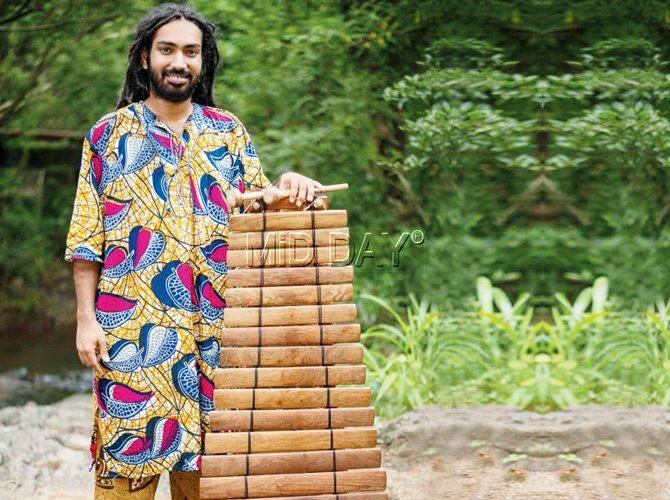
Anand Bhagat
Balafon
One of the oldest xylophones in the world, the balafon is a wooden instrument with calabash (a container made from the hard covering of fruit or vegetables like gourds) resonators. “It is a happy-sounding instrument that produces melodic tunes and is usually played at traditional ceremonies,” says Anand Bhagat.
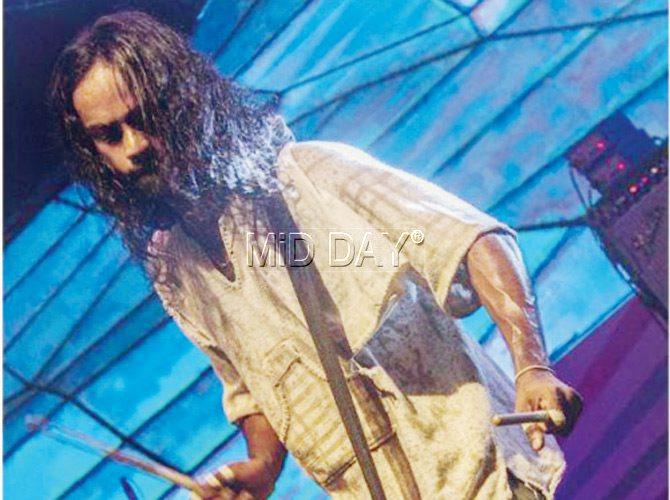
Tre Munroe
Kenkeni
“A two-faced drum that is played with sticks, the kenkeni is named after the tight, high-pitch sound it produces,” says Tre Munroe. Among the three different sizes of dununs (a family of drums) commonly played in West Africa, the kenkeni is the smallest.
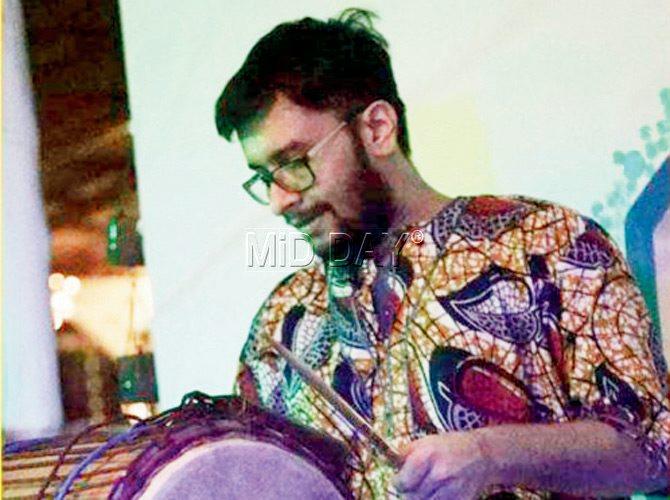
Tejas Parekh
Dununs
Another onomatopoeic name, the dununs, played by Tejas Parekh, are dhol-like bass drums with a low pitch. The medium-sized and medium-pitched drum that falls between the dununs and kenkeni is called the sangban.
Catch up on all the latest Crime, National, International and Hatke news here. Also download the new mid-day Android and iOS apps to get latest updates
 Subscribe today by clicking the link and stay updated with the latest news!" Click here!
Subscribe today by clicking the link and stay updated with the latest news!" Click here!






